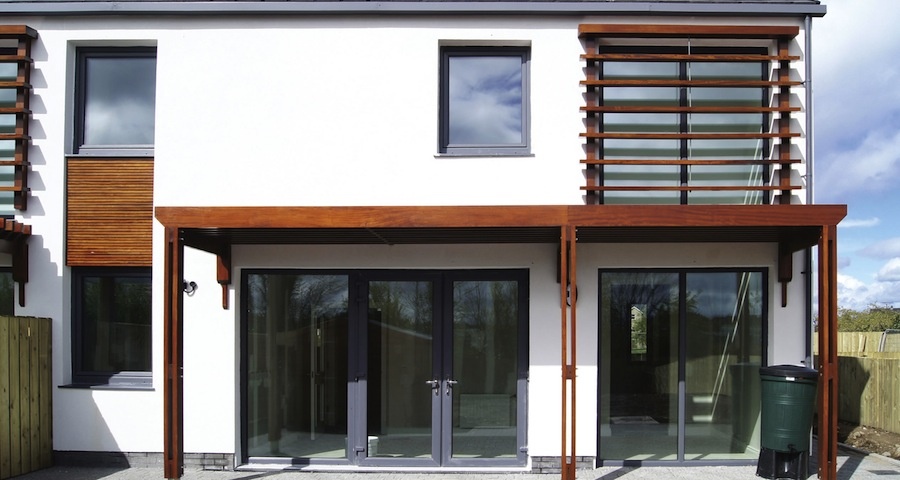
- Blogs
- Posted
Socioeconomic factors hindering UK passive house growth, report claims
The passive house standard may be growing in popularity, but the UK could struggle to follow Germany’s lead and build large numbers of passive homes because of its different social, political and financial drivers and general attitudes, according to a report published by the NHBC Foundation.
The core focus of passive house is to minimise the requirement for space heating and cooling via high-specification fabric and achieve low overall energy consumption. It is often referred to as a 'comfort standard' as well as an energy standard, and the report claims that the popularity of passive house in Germany has been largely due to a combination of social, political and financial circumstances that are specific to that nation.
The report, 'Lessons from Germany's Passivhaus' provides an overview of the experience gained to date from passive house in Germany and elsewhere in Europe. It looks at the achievements and the national context that has helped its popularity in Germany, while conversely discussing some of the differences that the authors claim may hinder volume uptake in the UK. These include:
Social: According to the report, most UK homes are built speculatively, whereas in Germany an increasing number of homes are self-built, using competitively-priced pre-fabricated low-energy kits. The report also highlights German enthusiasm for high product specification and attention to detail.
Political: The report asserts that the German population has a stronger interest in the environment than UK residents, and that people are more inclined to take action. The report also notes that alongside national energy performance regulations many German cities promote construction to passive house standards through enhanced energy and environmental standards, and offenders failing to comply are fined. Some municipalities, such as the city of Frankfurt, also require all buildings built on land sold by the city to be passive house compliant.
Financial: The additional cost of building a passive home in Germany compared to one built to building regulations standards is minimal, at 3% to 8%, the report states. Assistance is also available to finance this additional cost through government loans at discounted interest rates and grants. According to the report, the newness of passive house in the UK and the tendency for it to be used on one-off projects means that robust cost data are generally unavailable. The report also highlights the lack of financial assistance in the UK for the construction of energy efficient new-build homes.
The report also draws attention to the additional cost and effort needed to achieve compliance with both building regulations and passive house standards. It notes that this is less of a problem in Germany because the passive house planning package (PHPP) software also produces an energy compliance report in line with Germany’s national building regulations (EnEV).
Read the full report on the NHBC website here.
Source: Passivhaus Trust







